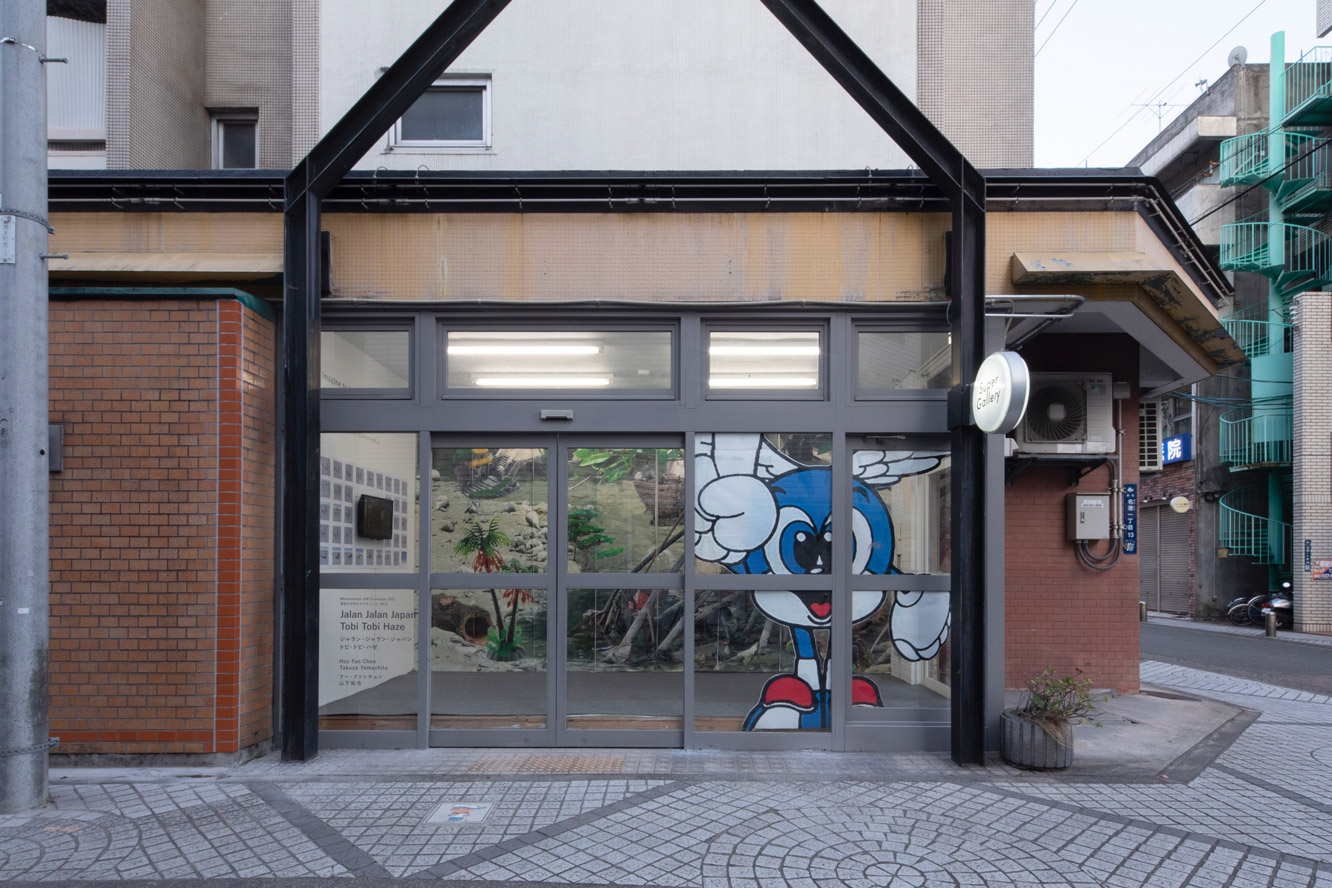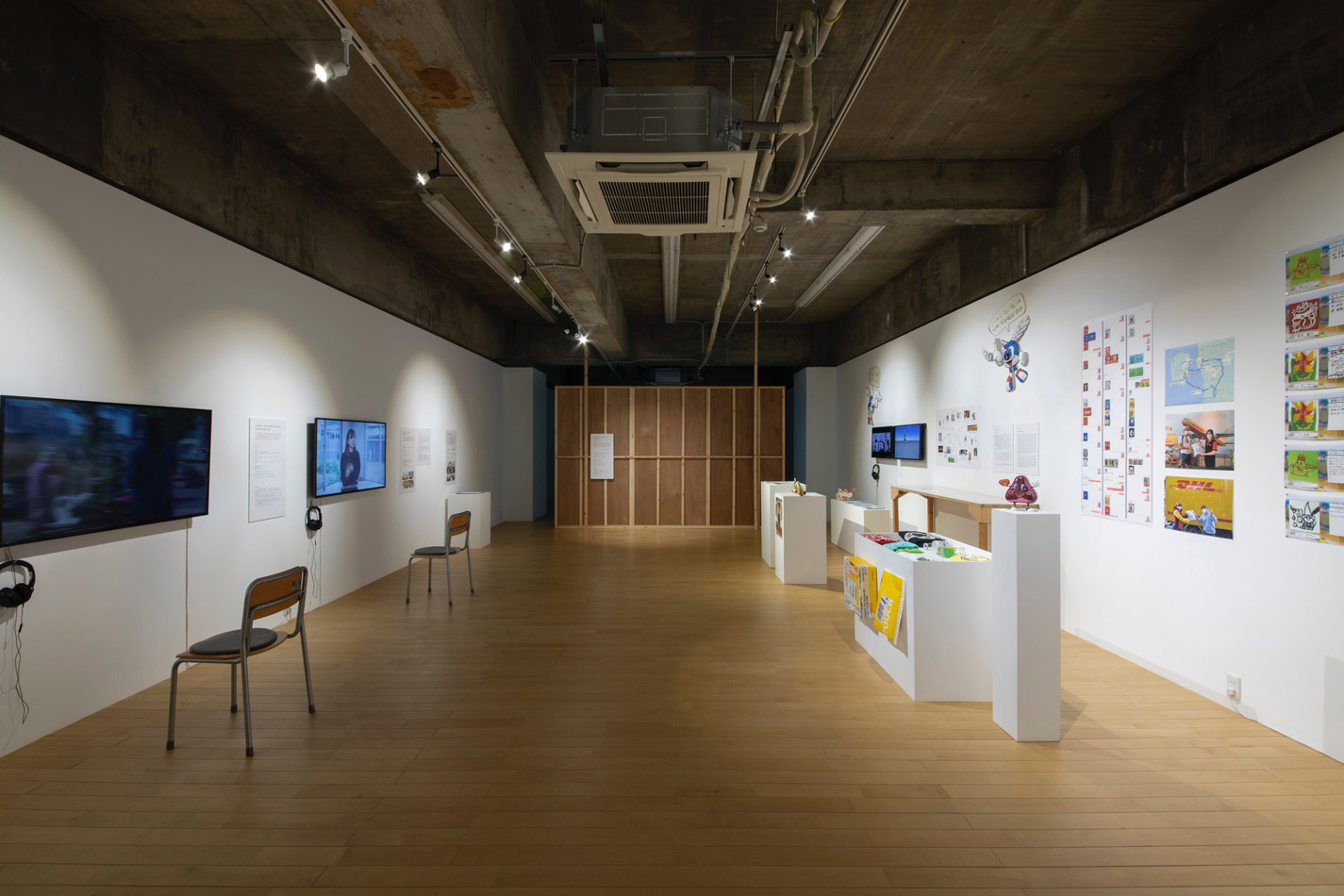Hoo Fan Chon is a visual arts practitioner based in George Town, Penang. His research-driven projects are often set in local geographies and concern class aspiration, cultural identity, informal histories, and colonial legacy.
︎ email ︎ cv
✺ 2025 ✺ 2024 ✺ 2023 ✺ 2022 ✺ 2021 ✺ 2020 ✺ 2019 ✺ 2018 ✺ older works ✺ photography ✺ video ✺ painting ✺ sculpture ✺ installation ✺ writing ✺ george town ✺ archive ✺ fish ✺ durian ✺ badminton ✺
︎ email ︎ cv
✺ 2025 ✺ 2024 ✺ 2023 ✺ 2022 ✺ 2021 ✺ 2020 ✺ 2019 ✺ 2018 ✺ older works ✺ photography ✺ video ✺ painting ✺ sculpture ✺ installation ✺ writing ✺ george town ✺ archive ✺ fish ✺ durian ✺ badminton ✺
Jalan Jalan Japan, Tobi Tobi Haze














Jalan Jalan Japan, Tobi Tobi Haze
2022 Mar, Minatomachi Potluck Building 2F & Super Gallery (Nagoya port cit, JP)
Curated by Shinya Aota & Yuri Yamada
Producer: Kazue Suzuki
All photos taken by Masami Fujii, courtesy of Assembridge NAGOYA Executive Committee, unless otherwise specified.
2022 Mar, Minatomachi Potluck Building 2F & Super Gallery (Nagoya port cit, JP)
Curated by Shinya Aota & Yuri Yamada
Producer: Kazue Suzuki
All photos taken by Masami Fujii, courtesy of Assembridge NAGOYA Executive Committee, unless otherwise specified.
This exhibition was the outcome of the Minatomachi AIR Exchange 2021, part of the Assembridge 2022 programme, a music and art festival in Nagoya, Japan – incidentally, another port city. I collaborated with the visual artist Takuya Yamashita, whose practice focuses on abandoned yuru-chara ゆるキャラ mascots. Because of Covid-19 travel constraints, we functioned as each other’s remote research assistants in George Town and Nagoya. I surveyed the cultural debris washed ashore, the by-products of recent waves of Japanese second-hand goods and pre-loved fashion retailers in Penang and surrounding cities, while Takuya and the curatorial team visited the Nagoya Ranger Office for Nature Conservation to study tobihaze (mudskippers) and hold an online interview with the classical Japanese dancer, Kazumasa Nishikawa. This collaboration also constitutes part of my ongoing research project into mudskippers, where I draw a parallel between the cultural symbolism of the mythical Shachihoko 鯱鉾 figure and the role of the ordinary mudskipper in the natural world.
See also “How to Dance Like a Mudskipper” and “Mud-chihoko on Komtar”
See also “How to Dance Like a Mudskipper” and “Mud-chihoko on Komtar”